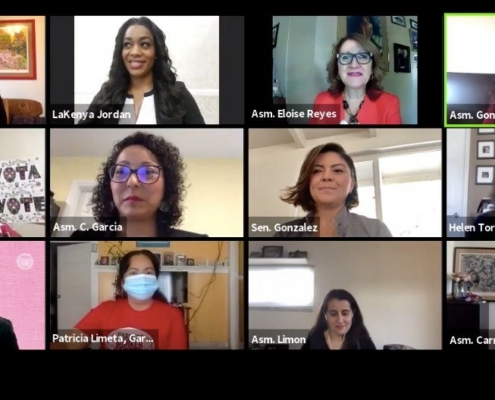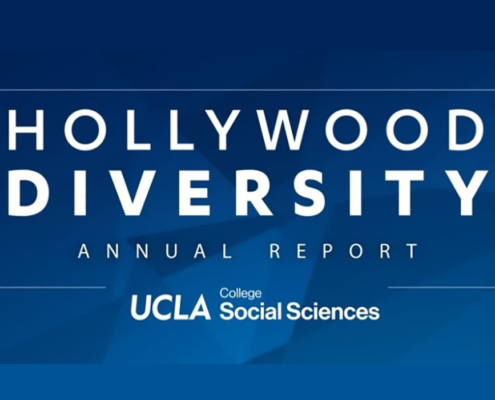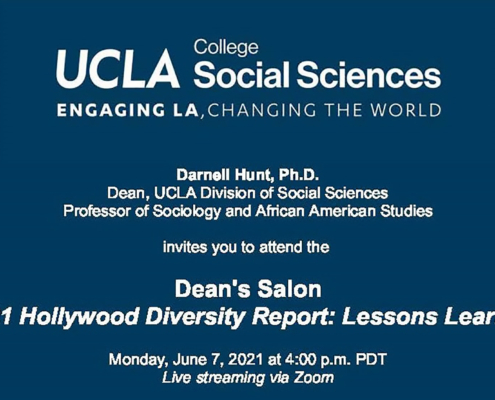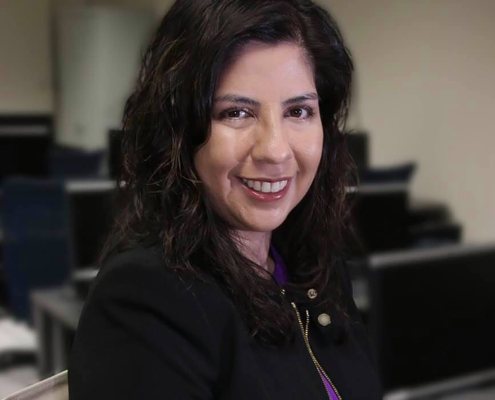Posts

Latinas in California Remain Invisible in Policymaking: UCLA Alumni and Researchers are Looking to Change That
The UCLA Latino Policy and Politics Initiative has supported…

UCLA Hollywood Diversity Report Receives Funding from CA State Budget
The UCLA Hollywood Diversity Report received a $250,000 allocation…

UCLA Social Sciences Dean’s Salon Presents “2021 Hollywood Diversity Report: Lessons Learned” on June 7
Darnell Hunt, Ph.D.
Dean, UCLA Division of Social Sciences
Professor…

UCLA’s Dr. Ana-Christina Ramón Awarded $100,000 as Inaugural Latino Film Institute Scholar
Academy Award®-nominated actor Edward James Olmos announced…

UCLA Division of Social Sciences Exceeds Campaign Goal for Dean’s Fund for the Study of Diversity and Racial Inequality
In light of the reawakened reckoning on racial justice issues…

Is Hollywood Leaving Money on the Table? Key Findings from the Hollywood Diversity Report 2018
The Hollywood Diversity Report 2018 is the fifth in a series…

